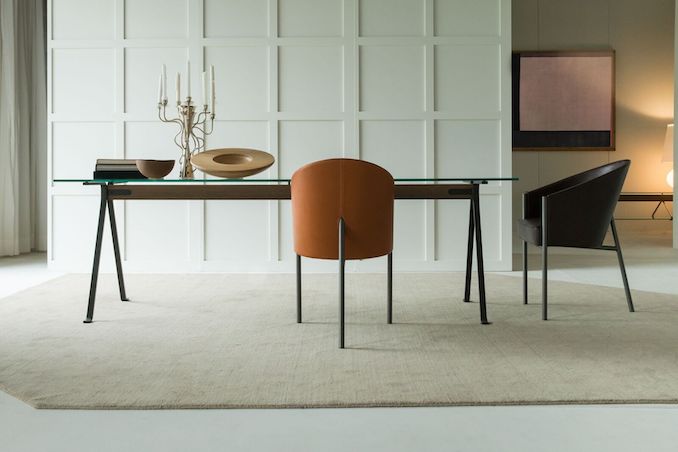In today’s world, where environmental concerns are at the forefront of global discussions, the choices we make in our homes reflect our commitment to a sustainable future. One area that has seen a significant shift towards eco-conscious decisions is interior design, particularly in regards to selecting furniture. As we stand on the cusp of 2023, let’s delve into how the trend of sustainable furnishings is shaping our interior spaces.
The Rising Demand for Eco-Friendly Furniture
The home furniture market has witnessed a surge in the demand for eco-friendly options. This isn’t merely a fleeting trend; it’s a reflection of a deeper, more profound shift in consumer awareness. People are increasingly recognizing the environmental impact of their purchasing decisions and are actively seeking out sustainable alternatives. This escalating demand is not just a testament to changing consumer preferences but also an indicator of the expected growth in the home furniture market in the coming years.
The Global Perspective: A Flourishing Market
On a global scale, the eco-friendly furniture market is on a trajectory of rapid growth. Projected to expand at a CAGR of 8% from 2023 to 2031, the market underscores a global shift towards sustainable living. By 2031, the market valuation for eco-friendly furniture is anticipated to reach a staggering US$ 88.0 billion. This growth is fueled by a combination of factors, including governmental regulations promoting sustainability, increasing disposable income, and a heightened awareness of environmental issues. The emphasis is clear: furniture isn’t just about aesthetics anymore; it’s about making choices that are kind to our planet. The global market trends highlight this shift in consumer behaviour and industry response.
Making Sustainability Accessible: A Universal Approach
While the demand for sustainable furniture is evident, there’s a challenge that many face: accessibility. Sustainable products often come with a higher price tag, making them out of reach for many. However, innovative approaches in the industry are bridging this gap.
Companies are adopting models that prioritise direct-to-consumer sales, eliminating middlemen and reducing markups. This not only makes sustainable furniture more affordable but also reduces waste and environmental impact. From using upcycled materials to ensuring the longevity of products, the industry’s commitment to sustainability is evident in its practices.
The Way Forward: Making Conscious Choices
As we move forward, the onus is on us, the consumers, to make conscious choices. It’s about recognizing that every purchase has an impact, and by opting for sustainable furnishings, we’re not just enhancing our living spaces; we’re contributing to a larger, global movement towards sustainability.
When selecting furnishings, consider the materials. Are they sustainably sourced? Is the production process eco-friendly? Brands that prioritise these factors are not just offering products; they’re offering a vision for a greener future.
Moreover, sustainability isn’t just about the initial purchase. It’s about longevity. Opt for furniture that is durable, that can stand the test of time. Brands that offer repair or refurbishing services ensure that you won’t need to replace your furniture frequently, reducing waste.
Conclusion
2023 stands as a testament to the power of collective change. As the demand for sustainable furnishings rises, it’s clear that the world is ready to embrace a greener future. By making conscious choices, understanding the impact of our purchases, and supporting brands that prioritise sustainability, we’re not just decorating our homes; we’re crafting a legacy of eco-conscious living for generations to come.

